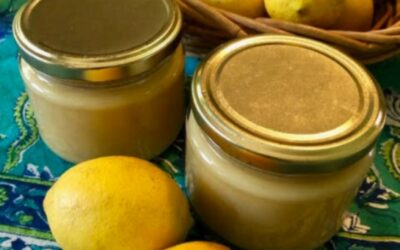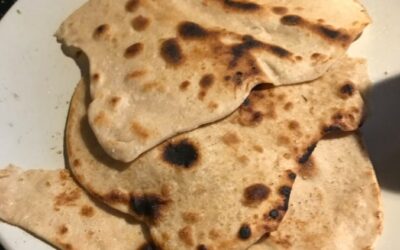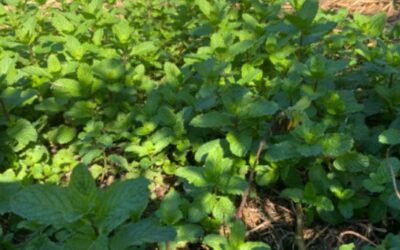
Chickens can help the ecosystem create systems of abundance through their natural behaviours of scratching, pecking, hunting bugs, eating, and manuring. This makes them an ideal livestock companion for small or large scale permaculture designs and gardens. Chickens have functions far beyond just eggs, and by properly harnessing the natural behaviours of our chickens, we can create productive systems that expand our bounty and enjoyment for our flock.
In our permaculture design, we try to build a habitat that will address the needs of the animal while providing a yield for people, too. We have found that pastured poultry paddocks as the healthiest way to maintain a flock of chickens. In this system, multiple areas of diverse pasture are grown, and the chicken flock is rotated through each area in turn. As the vegetation and insect population of one paddock is eaten down, the flock is shifted on to the next paddock and the first paddock is allowed to recover. By moving our chickens around our permaculture design we are preventing rodents making a home in the chicken coup and as you know, where there are rodents there will be snakes!
We have designed a chicken tractor that allows for space under the tractor for the chickens to hide when predator birds fly overhead. This has been so successful that we have not lost a chicken to eagles and falcons since.
To maintain healthy chickens so they live a long and happy life they need a right balance of clean fresh water, protein, and micronutrients. Protein is essential for growth, egg production, feather moulting, and to support a healthy immune system. Most important is also calcium for strong bones and eggshells.
Did you know that chickens spend 15 hours constructing the shell for one egg internally? This shows how they need calcium continuously available.
When choosing feed for your chickens always read the label and check the protein percentage. When pullets are pre-lay (about 16-18 weeks old), they should be fed 14% protein. Once they start to lay that need increases to about 16% protein.
With having your chickens free ranging and foraging, your permaculture garden comes complete with polyculture foods chickens love, all year long, including fresh greens, bugs, fruits, grains, and more.
The takeaway for the average chicken keeper looking to maintain a happier, healthier flock of chickens (in accordance with permaculture principles and with far fewer inputs) is that there isn’t one ideal system.
All permaculture design starts with careful observation. An honest assessment of your land, climate, and how much time you have are the first steps to designing an optimum productive system using chickens. Urban gardeners may find it impossible to work either a free-range food forest or a lush paddock mobile design into their property, but this doesn’t mean small space properties can’t benefit from chickens, too.
The key to working naturally with chickens on a small scale is to consider the size of your property and land you have available. Having too many chickens in a small area can make it difficult to manage disease and pest risks. If you are limiting the natural behaviour of chickens by containing them, it becomes a responsibility to take on the extra work and extra expense of bringing food and greenery to the birds and hauling manure from the coop to other areas of the garden. The aim is to ensure that these beautiful birds are free from unnecessary suffering and that they live a long happy life producing safe and nutritious eggs.
Chickens are way more than just cute little egg machines. They are the ideal animal for the beginning permaculturalist who wants to start incorporating animals into their food production system. Manage your flock properly, and you’ll harness greater productivity and diverse yields with far less work.
– By Eve Ballard




0 Comments